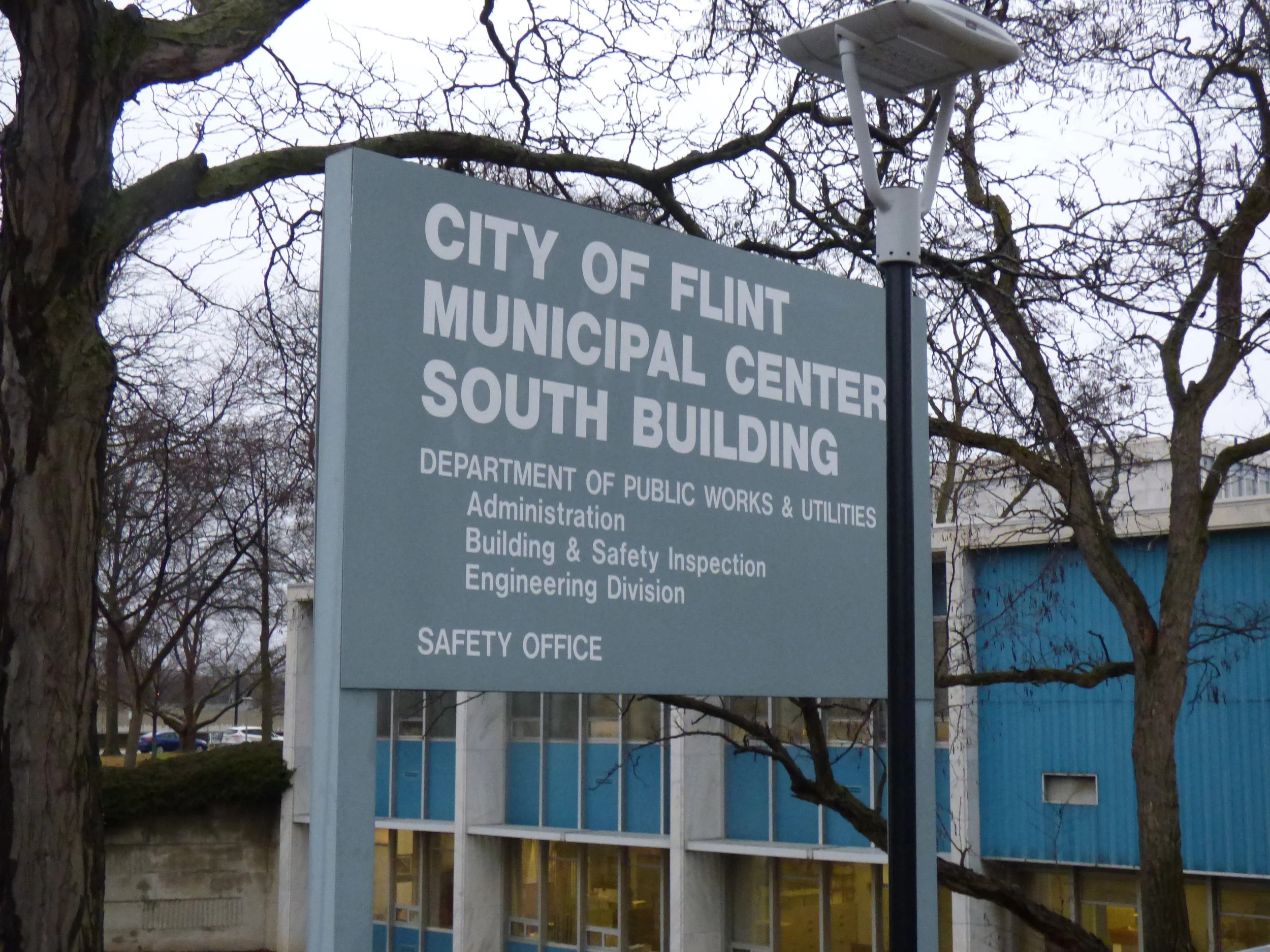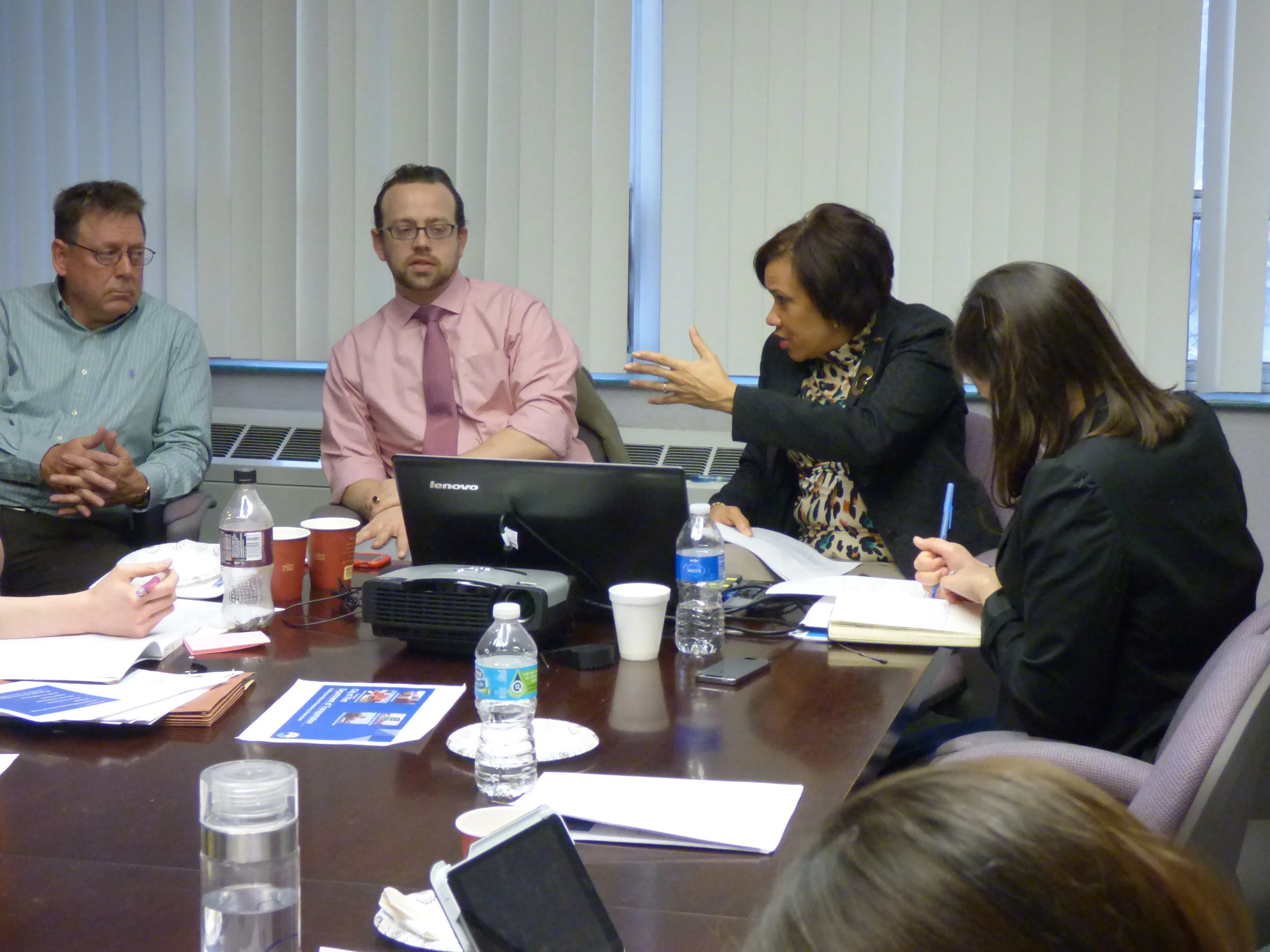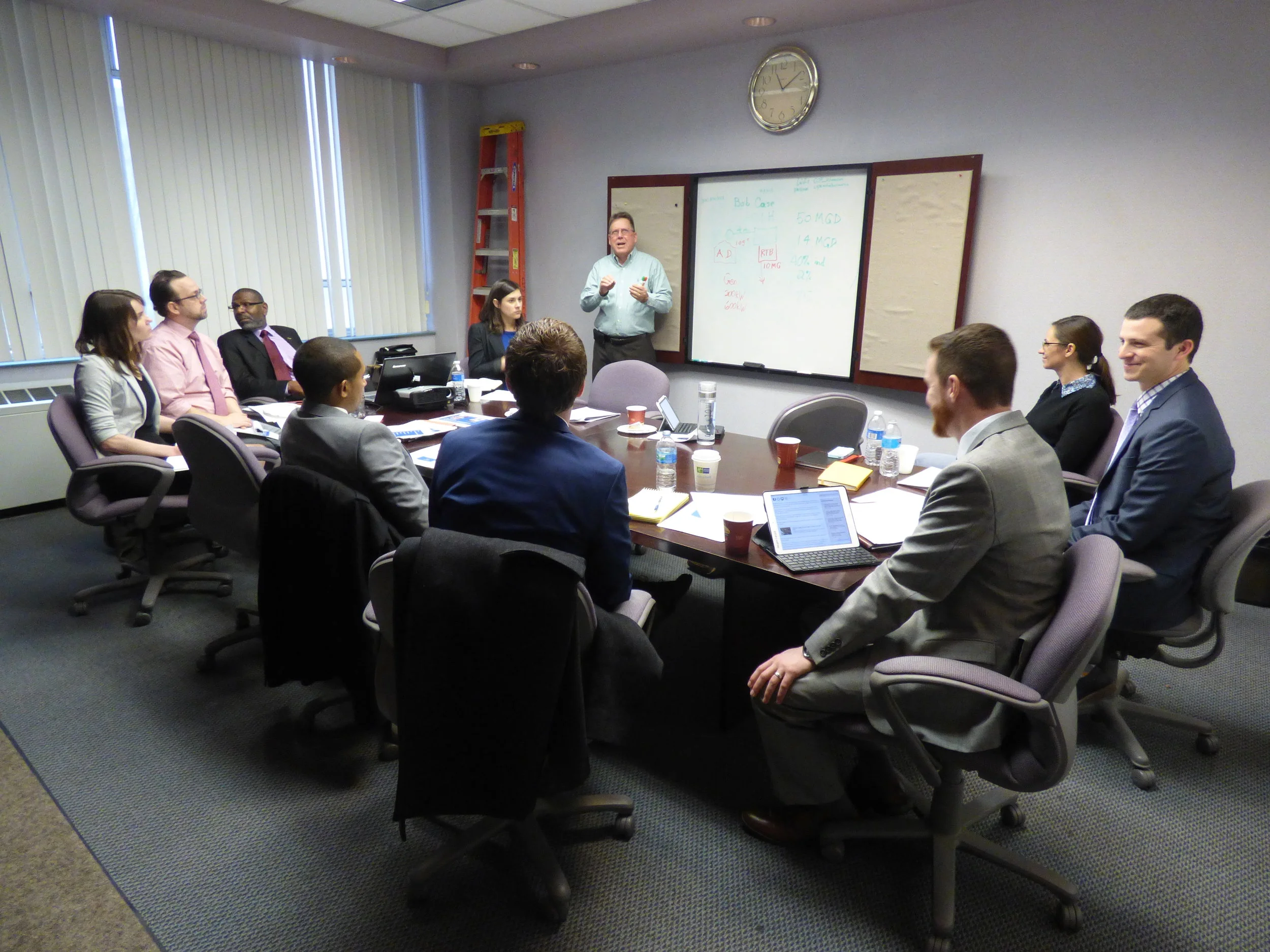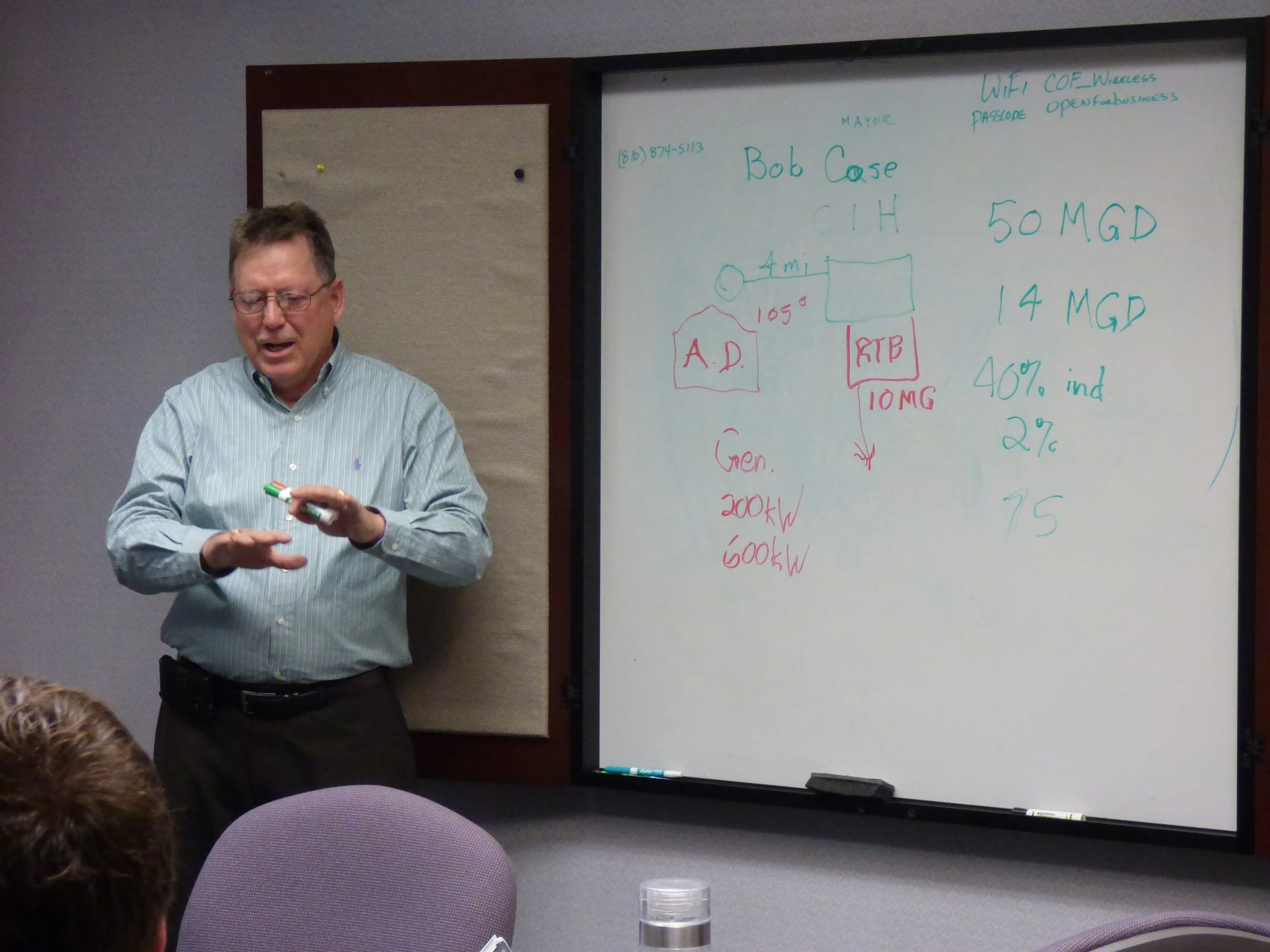Flint's infrastructure crisis has been well documented, and many of you are probably already familiar with their challenges. In April 2014, the City of Flint changed its water source from Lake Huron to the Flint River. The new water source proved to be corrosive and, without proper treatment, caused lead from water service lines (the pipes that bring water from the larger water mains into homes) to leach into and contaminate the water. This lead-laced water was then utilized and consumed by residents for everything from drinking to cooking to laundry. City employees explained that as soon as the water was switched over, constituents started reporting discoloration. When the City employees opened hydrants they found that the color of the water ranged from “red to black to carrot.” Even after these observations and complaints, it took months for the "Flint Water Crisis" to be officially recognized. In January 2015, the City of Flint was declared to be in a state of emergency, and in October of that year the water source was switched back to Lake Huron.
In October of 2016, Mayor Miner presented at the CityLab Conference in Miami with the Mayor of Flint, Karen Weaver. Both mayors are visibly passionate about infrastructure, and spoke about the importance of investing in infrastructure in order to ensure that cities remain strong, healthy, and viable. This presentation led to additional conversations, and last week the i-team, along with representatives from Bloomberg Philanthropies and Living Cities, traveled to Flint to meet with City staff and discuss infrastructure challenges and interventions.
Although the Flint Water Crisis is very different from the infrastructure challenges that the City of Syracuse faces, this visit proved impactful for both cities as many other infrastructure challenges emerged to be eerily similar. Many of the water infrastructure initiatives that we launched within the past year have also been priorities for Flint. For example, they too make a conscious effort to exercise their water main valves, and have been able to exercise more than we have in Syracuse. Flint also experiences a high number of water main breaks and leaks, and has invested in leak detection. In fact, they recently completed an assessment of their pipe walls, which is a predictive measure that the City of Syracuse has also been considering. Additionally, we were able to share information about how we collect, maintain, and utilize water system data. Flint has the same mapping software that we use for data collection and maintenance, however, they don't really use it for infrastructure purposes. We were able to provide them with some basic suggestions, instructions, and directions for using it for their water system.
We not only spoke about water challenges, but also our other i-team infrastructure challenges: poor roads and a lack of coordination and communication. Both Syracuse and Flint again seemed to share similar struggles. For example, Flint’s road reconstruction budget is tight, which has led them to adopt preventative maintenance in ways similar to Syracuse. A few years ago they micropaved some City streets and also started focusing on crack sealing - an intervention that Syracuse would eventually like to launch. We were able to share our success stories, like filling potholes with the Durapatcher, using the Street Quality Identification Device (SQUID), launching our new road asset management system, installing medallions in road cuts, and instituting road cut moratoriums.
We were also able to discuss how we manage data related to infrastructure repairs. Although it is still in its infancy, the City of Syracuse has started to keep digital records of infrastructure service requests, repairs, and projects. This information has not only helped to advance our work, but has also allowed us to better coordinate and communicate between departments and with the public. We still don't have everything figured out, but we are continuously working to improve the way we track, monitor, and communicate about our infrastructure repair efforts. Flint infrastructure departments operate in silos much like Syracuse departments, so the coordination and communication discussions around data tracking and metrics proved valuable and provided many lessons and best practices.
Since both cities struggle with crumbling infrastructure and limited finances, we were able to learn about different types of interventions that each city had deployed under similar circumstances. This sharing of ideas will allow us to continue to investigate and advance our initiatives. It provided a first hand account of what worked and what didn't work for another city that is more similar to Syracuse than you may think. We hope that Flint will be able to take lessons learned from us as well, to further address and improve their infrastructure challenges as they move beyond the Water Crisis.
Above all, we were moved by the concern and dedication of Flint City employees to push ahead and improve their city under difficult circumstances. Syracuse and Flint will continue to work together and assist one another with infrastructure ideas, interventions and solutions. We are grateful to have been given the opportunity to learn about and work with our newfound sister city, and are looking forward to continuing the dialogue and building the relationship to make both of our cities the best that they can be.
















